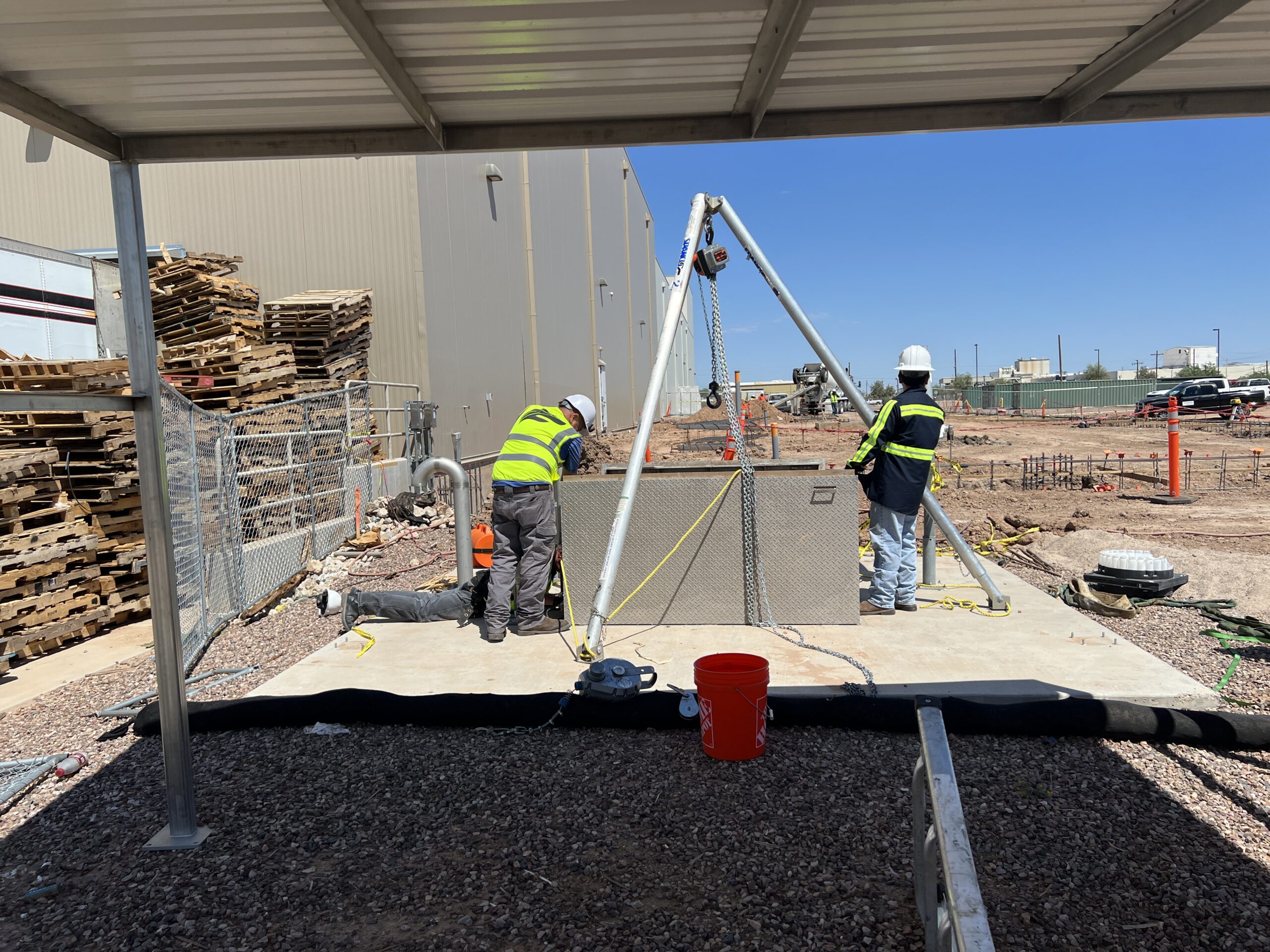Almost every town and city in America has municipal wastewater treatment stations providing clean water to their local area. It’s a necessary governmental function, but also one which is expensive to install, maintain, and operate long-term. One way these systems keep costs lower is through the use of water lift stations, special pumping systems designed to efficiently move wastewater to the plant, and through treatment.
FloRight Pumps & Controls specializes in helping local areas maintain their wastewater plants, so let’s take a look at how these lift stations keep costs low.
What Is a Water Lift Station?
Since pumping liquids is expensive, and gravity is cheap, most municipal sewer systems attempt to use gravity as much as possible to keep the wastewater flowing. However, this does necessarily require moving the waste downwards – so what happens when it needs to be raised to a higher level, to overcome geographic challenges or push it through the water treatment system?
That’s where lift stations come in.
Lift stations are utilized to push the wastewater to higher elevations. In some cases, they use hydraulic pressure to achieve the lift, otherwise, they may simply use electric motors. There are two basic types of lift stations: dry wells and wet wells.
Dry wells keep the pumping apparatus separate from the tanks where the wastewater is being stored. This method is somewhat less expensive, but the separation makes them more difficult to maintain. If they’re kept underground, there may be extra safety concerns for workers as well.
Wet wells utilize submersible pumps which are kept within the same tanks as the wastewater. This makes maintenance more convenient and working on them is no more dangerous than any other process involving wastewater. However, they can be a bit more expensive.
Of course, there are always dangers when working with sewage and wastewater, which is an inherently dangerous substance. Workers must be using full gear, and extensive maintenance logs, as well as equipment performance logs, are typically required by law. This ensures the water lift stations, and the rest of the treatment facility, are being operated in safe ways.
FloRight Pump & Controls Keeps Your Municipal Water System Running Properly
FloRight Pump & Controls is trusted by cities and towns across Arizona to help maintain the pumping systems within their wastewater treatment plants. We’re always available to help; just contact us for more information or a cost estimate.

